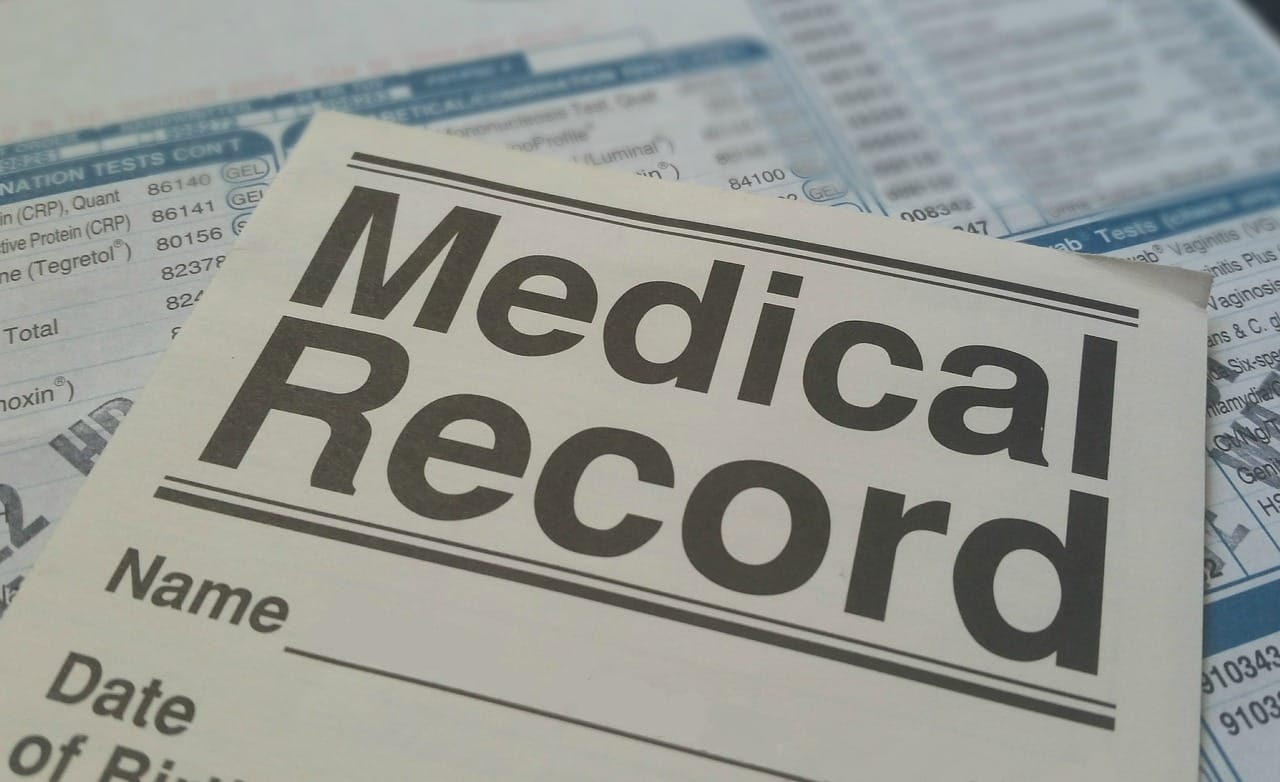Electronic health records (EHR) are something that has been front and center of the medical field for many years now. As computers slowly took over the world in the late 90s and early 2000s, their integration into the world of medical care was slow, steady, and certain.
Now, we’ve seen a lot of time and care go by while EHR has been used. So, what are the main impacts of EHR on patient care? That’s what we’re going to discuss here, from the accuracy of different forms of data-taking to the accountability of having many people making notes.
Accuracy
The increased accuracy of EHR compared to paper records is something that cannot be overstated. Essentially, the concept is simple – anyone that adds something to an EHR will have their spelling checked by the computer, and their medical science checked by the software being used.
While this doesn’t have enormous impacts on long-term treatments, instant corrections to names and types of tests and symptoms allow for increased accuracy throughout all of the records taken on a given system.
In turn, this allows for greater efficiency of care, since any professional can look through the notes and understand what tests have already been carried out, and what the results of those tests were.
Accessibility
The accessibility of EHR is relevant to their impact on the healthcare system in two main ways – the increased readability of an electronic system, and the increased ability of different actors to add information to files and records.
Readability
While doctors’ handwriting has become something of a running joke, it can be a real problem in the sharing and understanding of important documentation. For instance, if the results of a test are obscured by a smudge of ink or a thumbprint, the test is as good as void.
Instead, a digital system can present the data in a single, unifying way, enabling more people to understand it. This includes people with certain disabilities who may need to interact with data: advancements in technology have allowed for data to be read in increasingly accessible ways for those who need it.
Addition access
Increasing the number of professionals and paraprofessionals who can add information to a given file has allowed for an increased level of comprehensiveness during the course of care. For instance, a hospital may with a business like Scribe-x (scribe-x.com) to have medical scribes take down data reliably and accurately.
The work of these scribes can directly impact the patient experience by freeing up a doctor’s time to care for an increased number of patients, thereby reducing wait times.
Accountability
Since the stakes for any number of medical treatments are so high, it’s important to consider the accountability of those giving the care. If a patient interacts with a large team of professionals to diagnose their condition and arrange treatments, it’s important to make a note of who recommends what specific actions.
That way, you can allow the treatment professionals, such as therapists or pharmacists, to have a greater understanding of why they’re doing the work that they’re doing. On top of that, you can allow those professionals to communicate with the specific professional making a given call to clear up specific details.
The impact on patient care is clear – increased accountability allows for more deliberate care to be taken with each patient individually. In turn, this can lead to a boost in care efficacy.
Shareability
While this term itself isn’t a terribly common one, the ability to share healthcare data with patients and specialists alike allows for greater transparency and greater specific care within the entire healthcare system.
For instance, if a patient is experiencing gut-related symptoms, they may be referred to a gastro-intestinal specialist. The letter of referral must, of course, be sharable between the referee and the specialist. Increasing this transparency and allowing the patient to see the letter allows the patient a greater degree of understanding of their care.
With time, this can make the system seem much less scary and daunting to a patient who might be intimidated by the machinery of it all. Understanding the nature of the care that you’re being given can allow a patient a more forgiving and patient approach to the care that they’re being given.
Electronic health records have been used for many years to increase the quality of care in several fields. As time goes on, these records will likely continue to be used, with their efficacy increasing with each technological leap we see.




